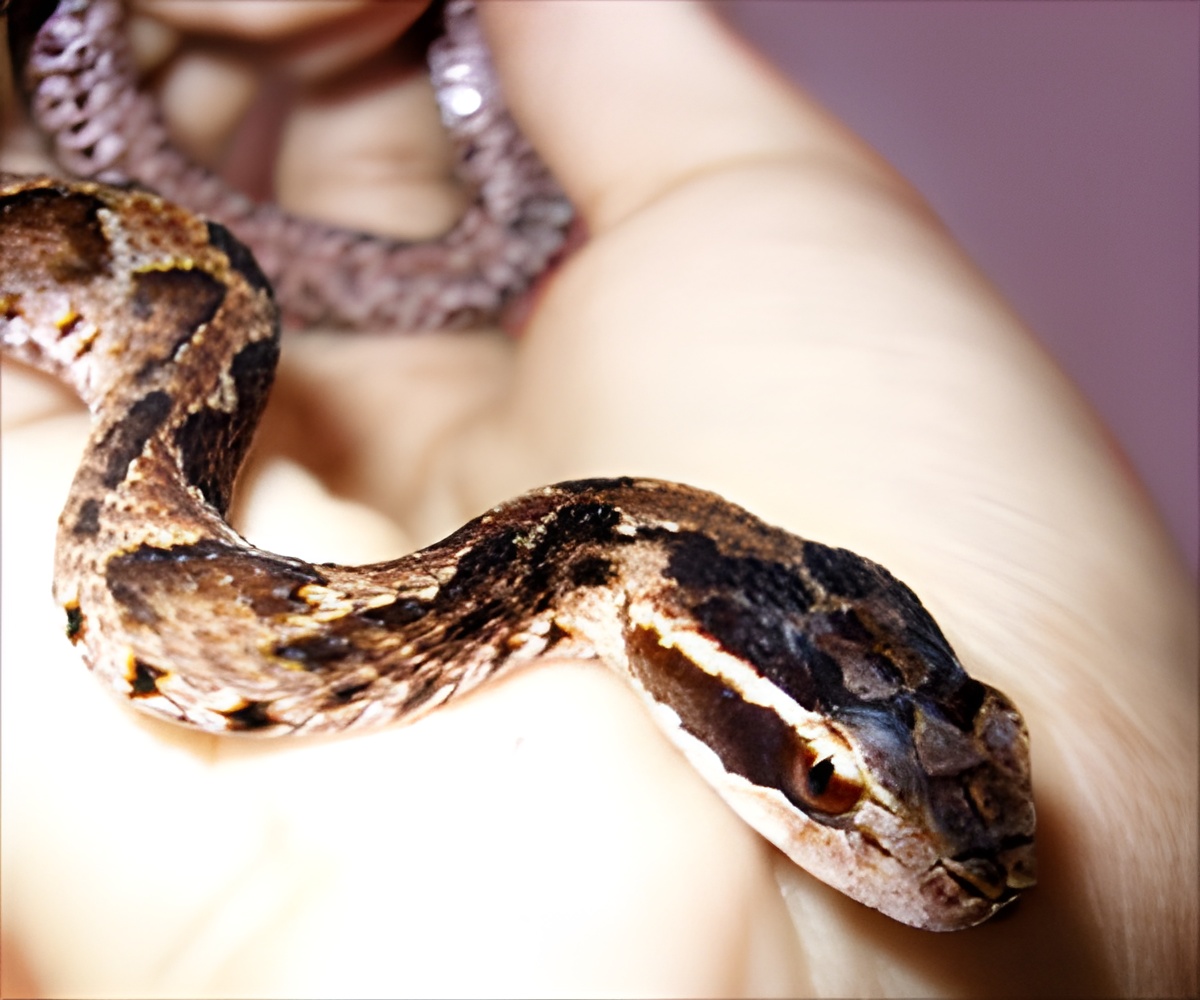
From such work, they've learned that many of the genes deployed in the developing phallus are also used to build limbs during embryonic development. The study said, "The shared patterns of gene expression in the limbs and phallus are generated in part by a common set of noncoding DNA, also called 'elements' or 'enhancers', which act to control gene expression in both of these structures. These conclusions stemmed from an initial observation that many limb control elements, or limb enhancers, found in limbed animals are still present in the snake genomes."
Senior author Douglas Menke of University of Georgia said, "From purely looking at the DNA sequences researchers can conclude that snakes retain many enhancers that, based on mammalian studies, we thought were limb enhancers. There have been tens of millions of generations for these elements to be lost, but the fact that these are still present in snakes prompted them to rethink what these limb enhancers are doing in snakes and mice."
When the researchers tested the ability of the lizard and snake versions of this limb-genital enhancer to function in mice, they found that the lizard version was capable of driving gene expression in the legs and the genitalia (much like the mouse version), while the snake version was only capable of driving gene expression in the genitalia. They concluded that many of these noncoding regions of DNA should be more broadly categorized as 'appendage enhancers' rather than 'limb enhancers', and snakes may have retained these noncoding DNA elements due to their role in phallus development.
The study is published in Developmental Cell.
Source-ANI









